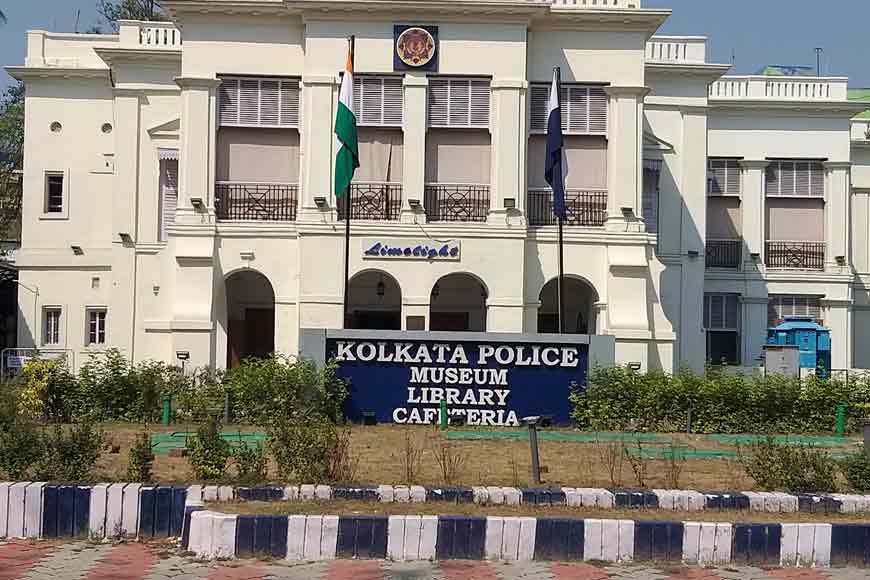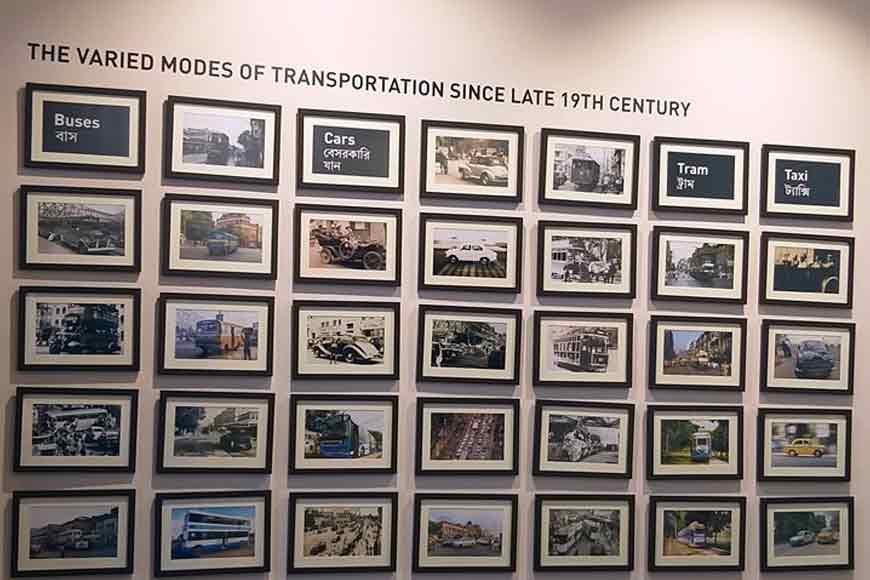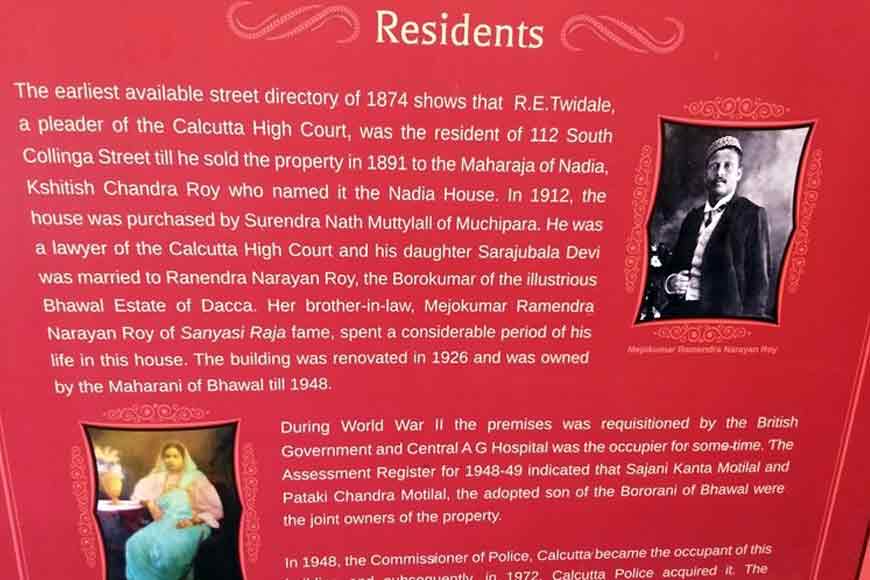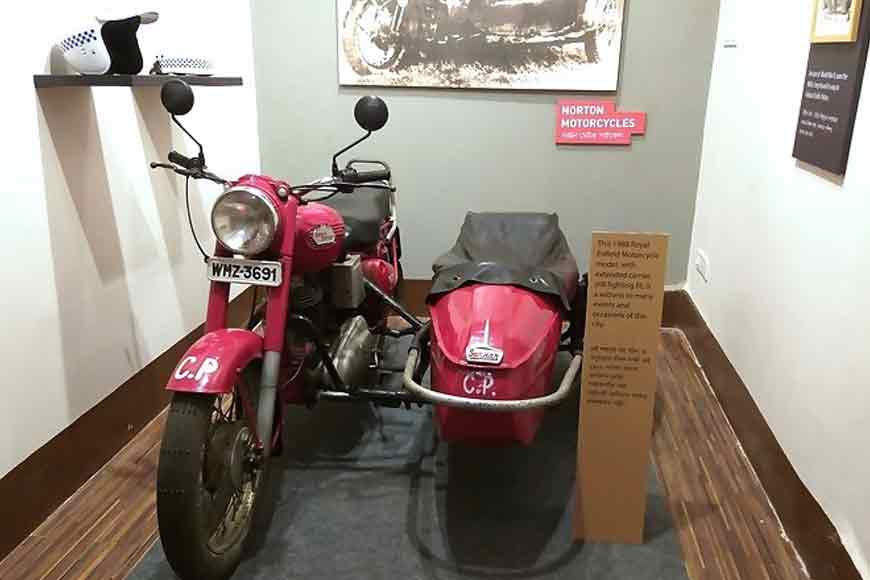Kolkata Police Museum, a mirror of the city’s growth

T“he Portuguese, when they settled anywhere, began by building a church; the Dutch by building a fort, and the English by building a tavern.”
This remarkable observation, the source of which is as yet unknown to this writer, is to be seen on a plaque at the Kolkata Police Museum on Ripon Street. For those unsure about what a tavern is, or rather was, given that modern English almost never uses the word, it was an establishment where people would gather to eat and drink to their fill, and taverns where travellers could stay were called inns.
True to the English tendency to build taverns, the Kolkata that the British created, especially in the 17th and 18th centuries, had a large number of them, and the delicious irony is that almost all of them were centred in the area we now know as Lalbazar, pronounced ‘Loll Bazar’ by the British. We say irony, because taverns have traditionally been associated with drunken brawls, gambling, shouting, excessive eating, even the occasional killing, and generally all kinds of what is politely described as ‘licentious behaviour’. That the city’s police headquarters should come up in a neighbourhood bursting with such establishments is both amusing and ironic.

Of the approximately 20 popular taverns in and around the area, of special significance is the Harmonic Tavern at 9, Chitpur Road, the establishment where Warren Hastings, outgoing Governor of Bengal, was given his farewell party, thereby indicating its acceptability in upper crust English society. The large, stately building later became the Police Court, and presently houses the Traffic Department within the Lalbazar premises.
Today, a visit to the Kolkata Police Museum reveals more such fascinating bits of information, along with a comprehensive walk through of the social and political changes that shaped the city’s policing system, thanks largely to what the British administration thought was expedient.
How many of us know, for example, that nearly 200 years ago in 1827, Calcutta witnessed what was probably the first transport strike in India? This was a result of hundreds of palanquin bearers going off the roads to protest the introduction of a new set of traffic rules. With the citizens in disarray owing to lack of public transport, the deadlock was resolved by a certain Brownlow, who removed the rods from a palanquin and attached wheels to it, thus creating a box-carriage to be drawn by horses, giving birth to what Bengalis called the ‘chhyakra gari’, and also laying the foundation of Kolkata’s traffic policing system.

The museum is more than just a display of historical artefacts, however. Indeed, it could be described as a ‘three-in-one’ combination of museum, library, and cafeteria, spread across its two floors, open to all members of the public, on all days of the year. An annual library membership costs you Rs 800, should you be interested.
One other point of interest, particularly for Bengalis, is the building itself. For those who are unaware of this bit of our history, this was the house where the Bhawal Sannyasi, of ‘Sannyasi Raja’ and ‘Ek Je Chhilo Raja’ fame, frequently stayed in, while fighting his hugely controversial case in a Calcutta court, in the early part of the 20th century. In 1948, having changed ownership a number of times, the house finally became the residence of the Commissioner of Calcutta Police, and in 1972, it was converted into the headquarters of the Wireless Branch.
The museum’s collection is still growing, but as Additional Commissioner of Police (II) Supratim Sarkar says, “The presentation is such that almost the entire history of Kolkata Police is captured within these four walls and about 2.000 square feet, history that you can see with your own eyes instead of simply reading about it.”

From the story of how the city got its first pavements to various firearms used by freedom fighters and police, from the first trams to the tale of how ‘Loll Bazar’ became Lalbazar, from the evolution of traffic rules and guidelines to documents about Netaji Subhas Chandra Bose, this museum tells and shows you all of it. Once you’re through with these, the library and cafeteria offer a soothing break. A day spent at 112, Ripon Street, therefore, is a day well spent.
At a glance:
Kolkata Police Museum, Library, and Cafeteria
Address: 112, Ripon Street
Entry: Free
Open every day: 11.00 am-8.00 pm

-Scheme-during-Rabi-2025-26--Agriculture.jpg)









